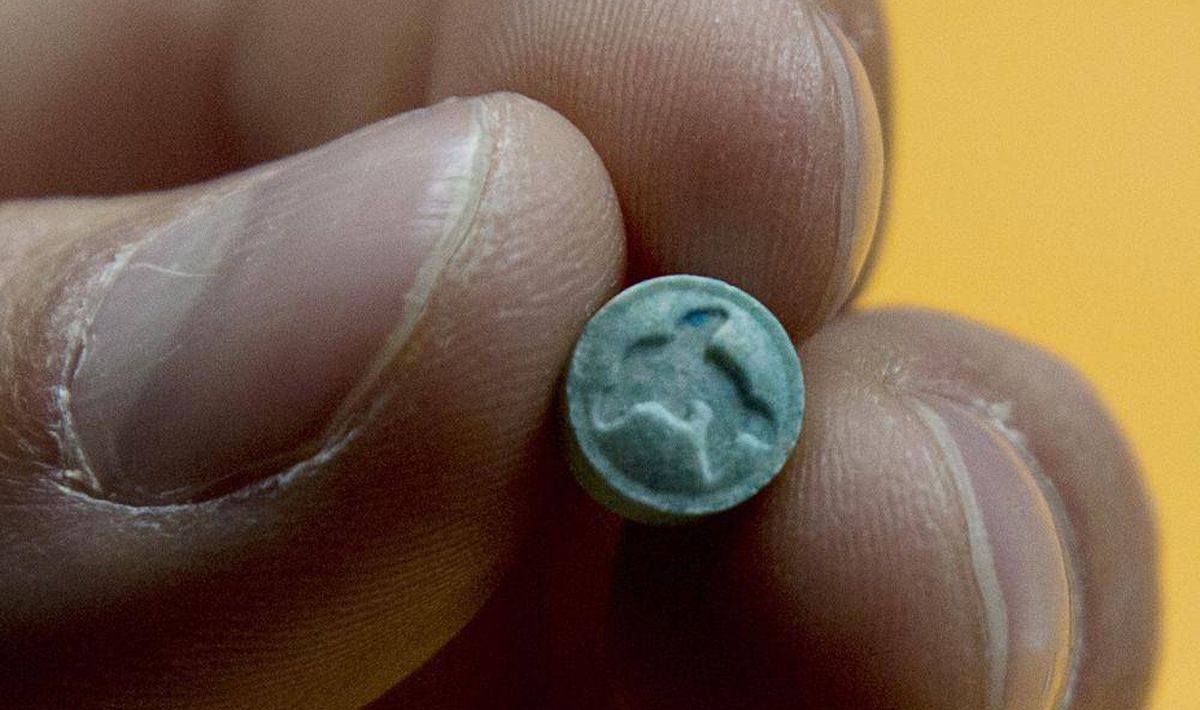MDMA, popularly known as ecstasy, produces feelings of euphoria, empathy and emotional bonding in its users. Ecstasy tablets may have a logo stamped on them, and they come in a variety of sizes, shapes and colours, as well as in different doses. However, tablets sold as ecstasy may actually have no MDMA in them at all. Some are instead made with cornstarch or detergents. Others contain different drugs, such as caffeine, methamphetamine or LSD.
MDMA is a hallucinogen and a stimulant. Short-term effects also include increased heart rate, dehydration and teeth grinding. Long-term risks include organ damage, brain cell damage and flashbacks or delusions even after the effects of MDMA have dissipated.
MDMA was first developed in the 1900s, and used as a psychotherapy tool in the United States in the 1970s. It is being tested in clinical trials as a possible aid for post-traumatic stress disorder (PTSD), and anxiety in cancer patients.
